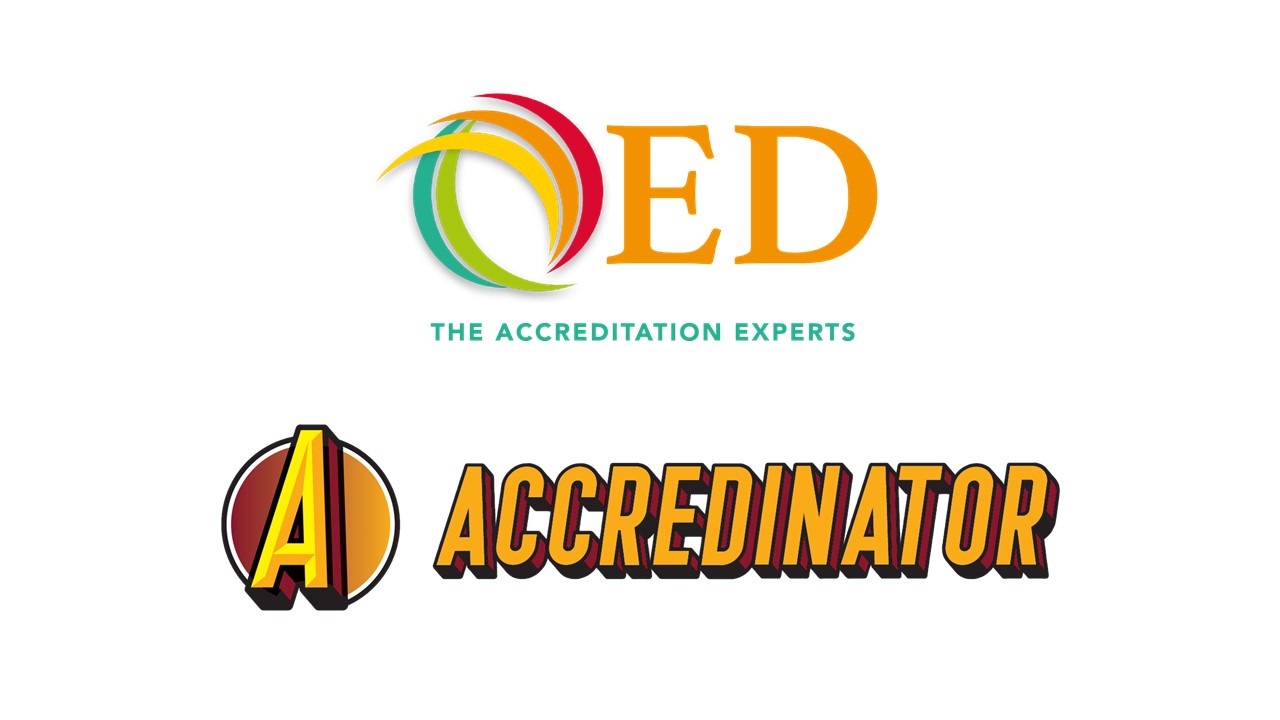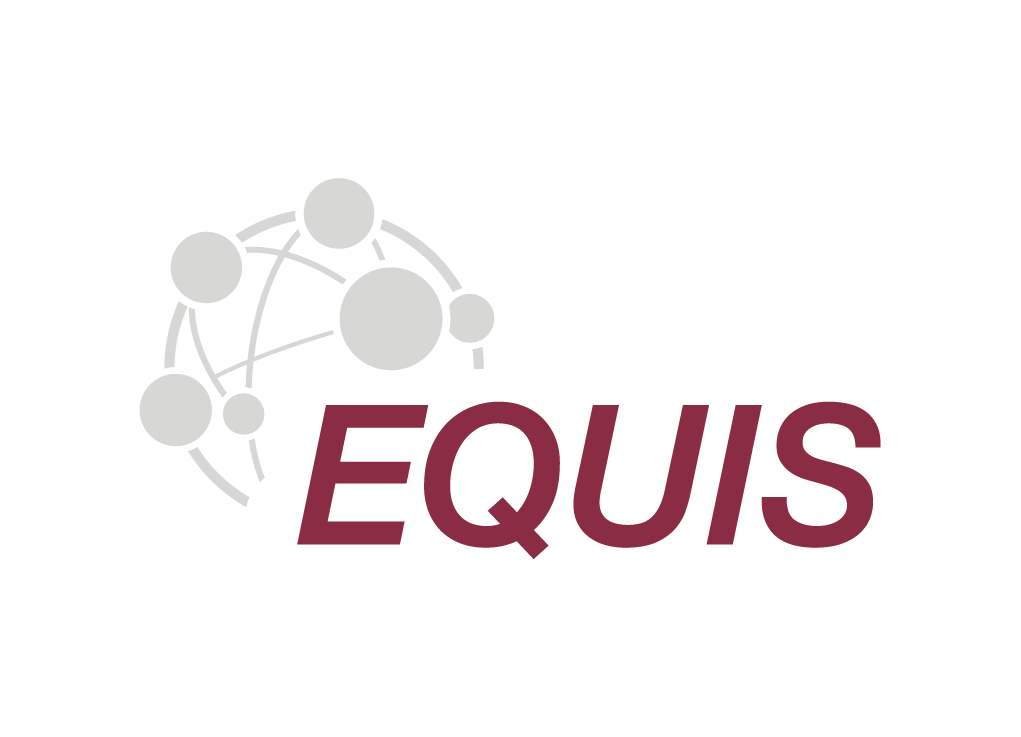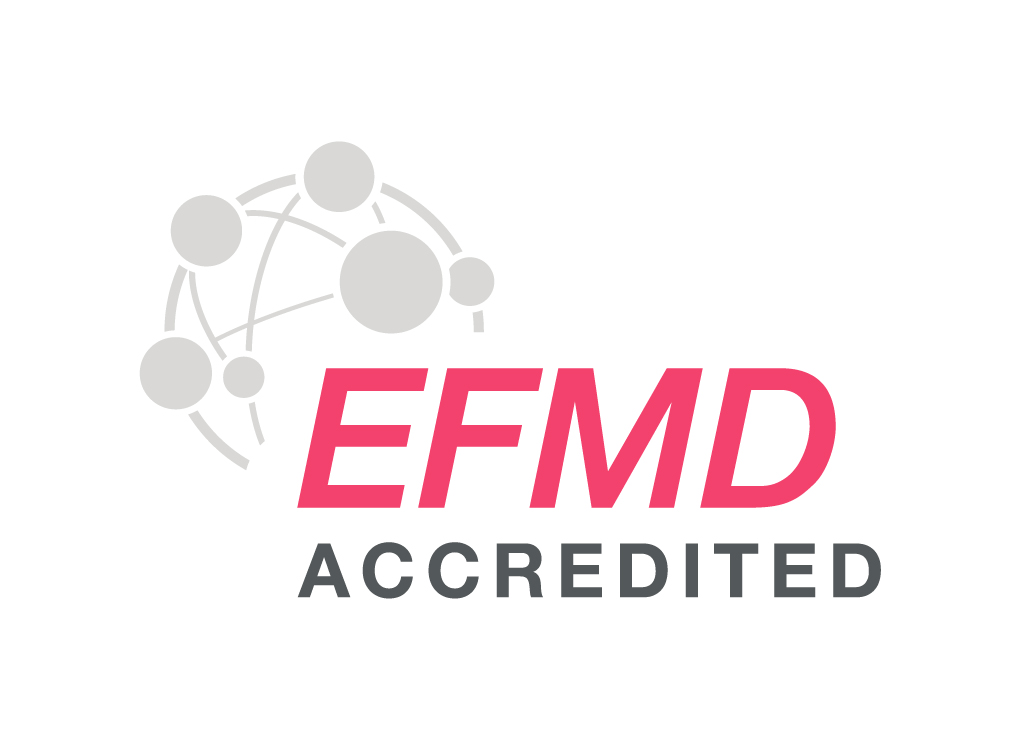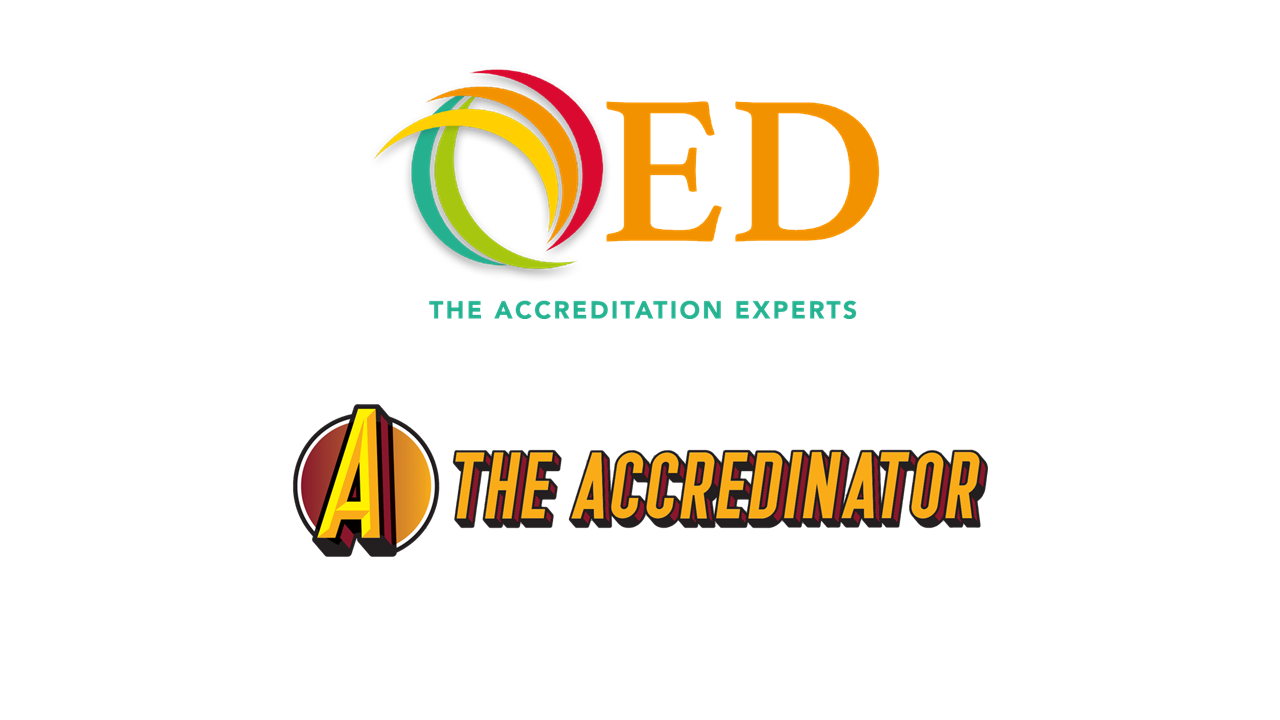
The latest version of Accredinator was released in April 2022. Read on to learn about updates….

The latest version of Accredinator was released in April 2022. Read on to learn about updates….

EFMD revises the documentation supporting EQUIS periodically. QED’s overview of the updates made as part of the 2022 publication, together with an assessment of the significance of the change can be found in this downloadable PDF file.
There are no significant changes published as at 28 February 2022. Instead, the revised Standards and Criteria includes additional guidance on assessing Ethics, Responsibility and Sustainability. Institutions within the accreditation process OR preparing for re-accreditation are advised to review this guidance.
NB: This document represents QED’s interpretation of the EQUIS Updates. We recommend that you view the updated document directly – which is available from EFMD’s website:
Currently, other documents remain unchanged, other than some minor updates (e.g. Fee Schedules) as set out in the QED summary The original EFMD documents are available on the EFMD website as outlined below.
As above, QED’s summary of the updates across the key documents is available in this downloadable PDF file.
For advice and further details on any of the above, please contact the QED Accreditation Team at info@QEDaccreditation.com.

EFMD revises the documentation supporting EFMD Programme Accreditation periodically and updates are usually provided in the first third of each calendar year. QED’s overview of the updates made as part of the 2022 publication, together with an assessment of the significance of the change can be found in this downloadable PDF file.
The 2022 updates are notable as they mark an extensive review, designed to provide “easier orientation” for viewers, as well as reflecting relevant developments and trends. These trends are summarised within this document.
Overall, QED’s view is that the revised documents do not carry significant changes from an accreditation viewpoint. They are easier to follow and reference, plus the increased emphasis perceived in previous updates is continued here – with specific identification of two key areas (digitalisation and research) as areas of focus. These two ‘areas of focus’ are in addition to the normal transversal themes of Internationalisation, ERS and Connections with Practice.
It should be noted that the updates and developments include several changes to the format and content of the EFMD Programme Accreditation Datasheet.
NB: This document represents QED’s interpretation of the EFMD Accredited Updates. We recommend that you view the updated documents directly – which are available from EFMD’s website
As above, QED’s summary of the updates across the key documents is available in this downloadable PDF file.
For advice and further details on any of the above, please contact the QED Accreditation Team at info@QEDaccreditation.com.

Key updates for Accredinator in January 2022 Read on to learn about updates….

Accredinator V1.25 was launched at the end of October 2021. Read on to learn about updates….

QED has listed the costs and fees associated with each of the accreditation bodies (#1 above), valid as of 26 October 2021. These can be viewed here.

H2 Software has launched the following updates to Accredinator.
The Accredinator is a software application that helps business schools with accreditation requirements for AACSB, AMBA and EFMD. You can learn more about The Accredinator (including booking a free demo) here.

Pro-active management of risk has assumed a higher significance in recent years – including in the higher education sector. More recently, both AACSB and EFMD require business schools seeking international accreditation to provide details about risk management and contingency planning. Many schools are now seeking to prepare a formal, school-level risk register or risk management template. There are many ways to approach this exercise. QED has provided a sample overview and template register that may be useful for those schools approaching this exercise for the first time.
QED’s overview and example approach is available in this downloadable PDF file.
(Please note, you may have to log in download this file)
For advice and further details, please contact the QED Accreditation Team at info@QEDaccreditation.com.

As we return to the office on a more permanent basis following a summer break, I’m thinking about what it means to show up as a leader in what continues to be a time of uncertainty for so many.

As we return to the office on a more permanent basis following a summer break, I’m thinking about what it means to show up as a leader in what continues to be a time of uncertainty for so many.
Recent Comments